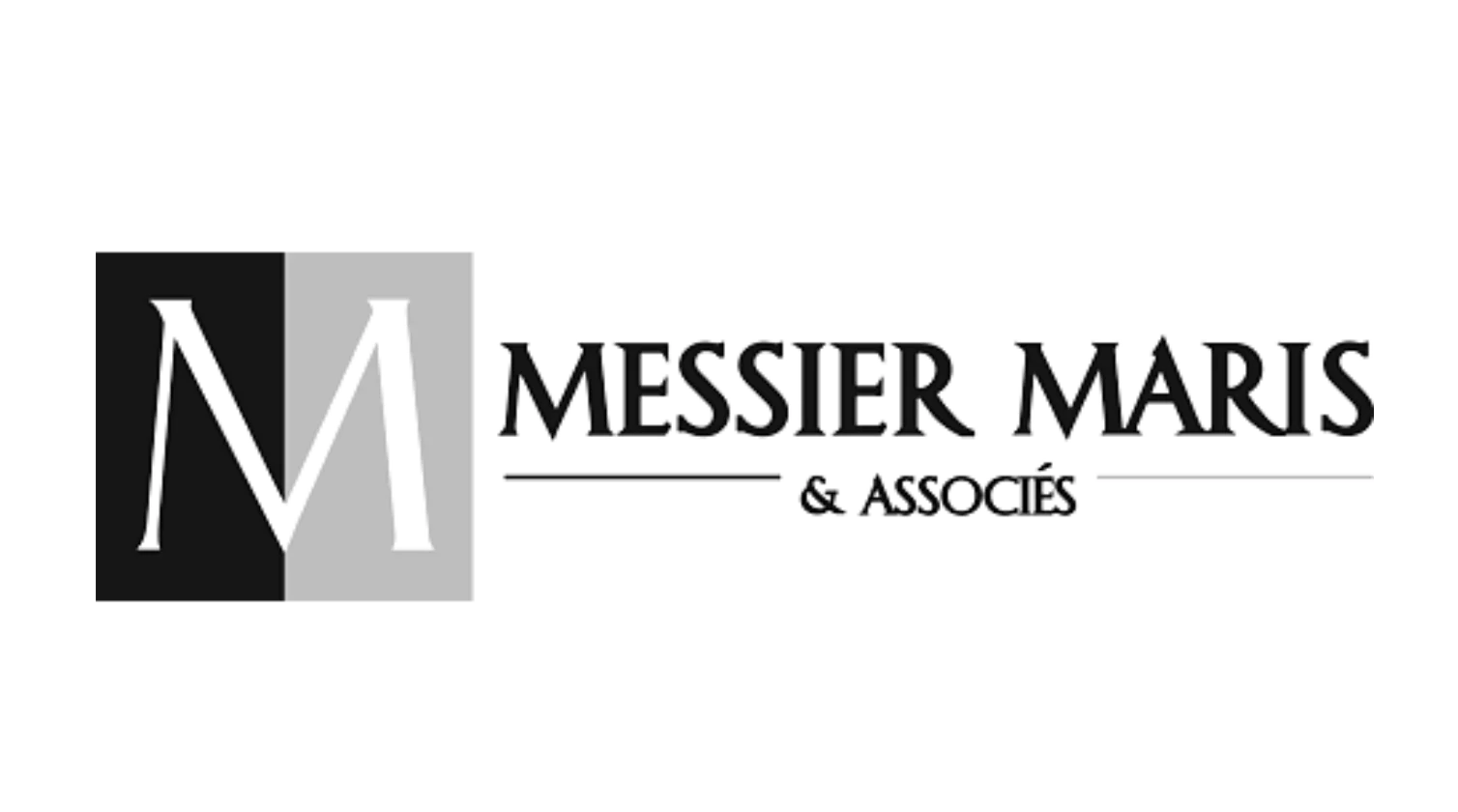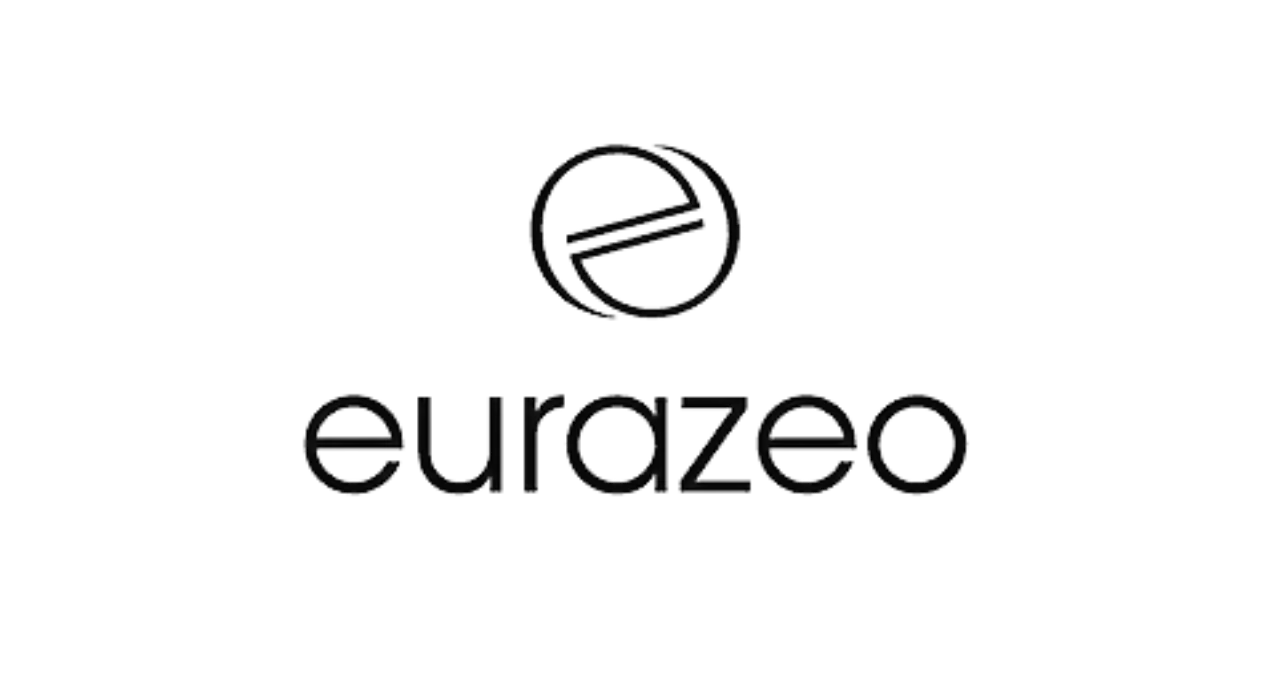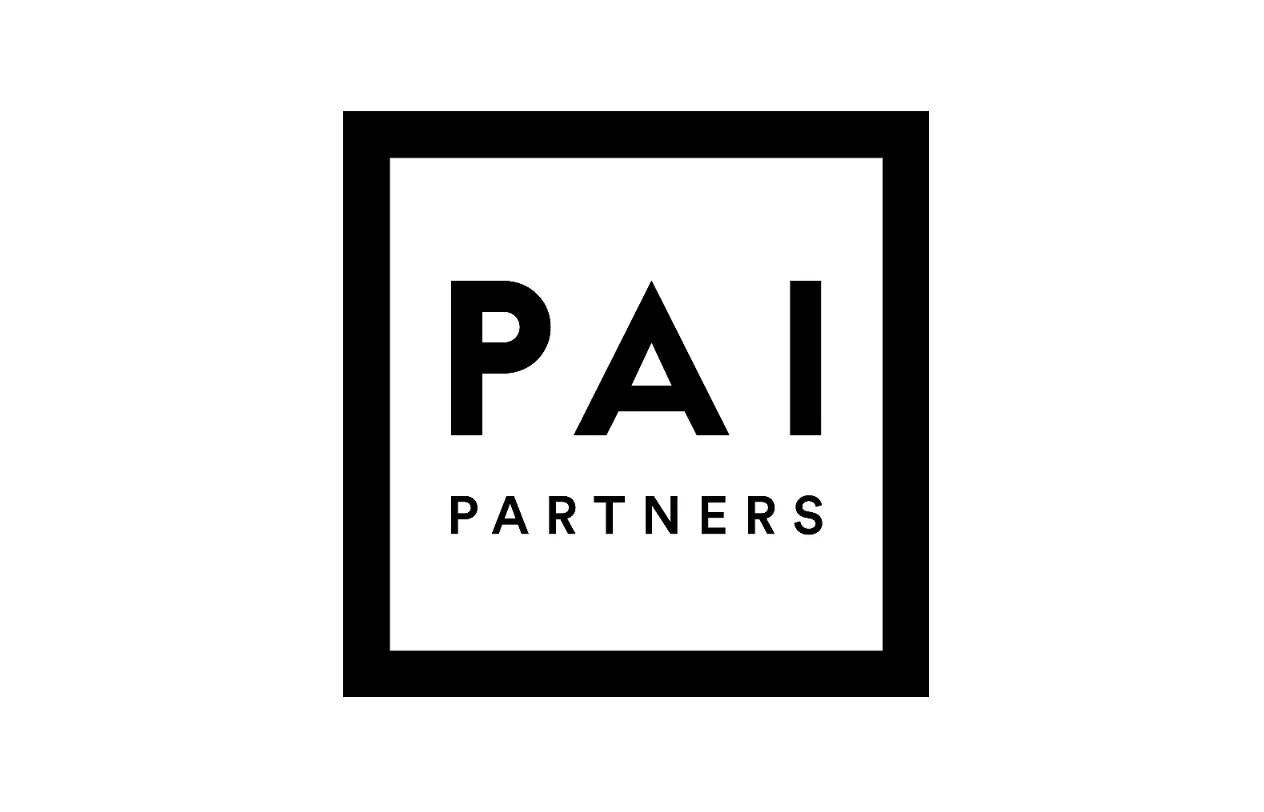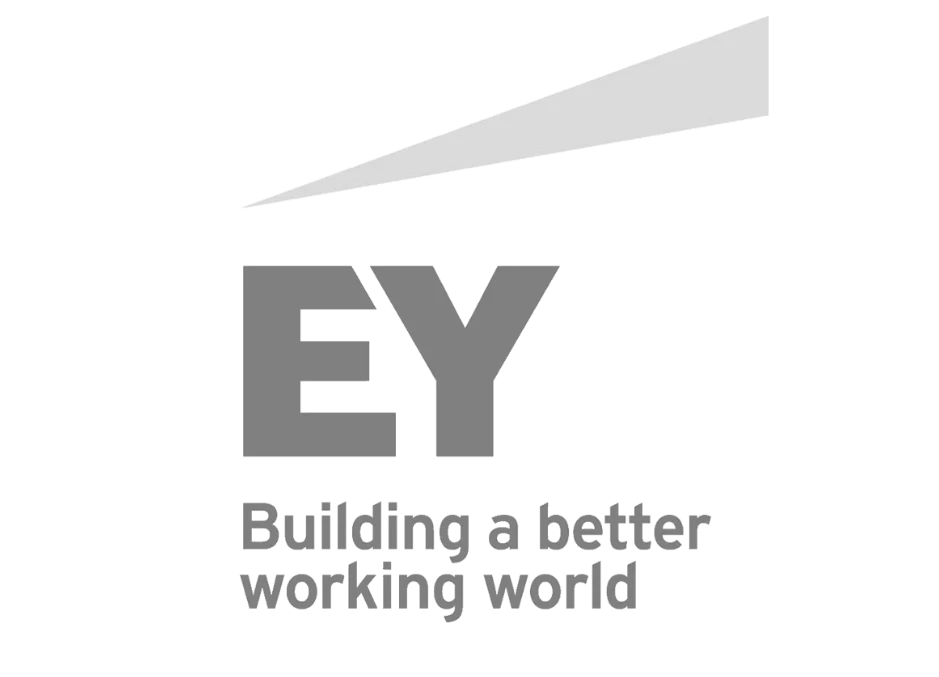Video 2: Calculating Equity Value
Video 3: Calculating the diluted number of shares
Breaking into M&A – EV-EQ Bridge [EN]
Understand the bridge adjustments necessary to get from Equity Value to Enterprise Value and the rationale for each adjustment
Corporate Finance
This course is intended for candidates preparing for interviews in the following domains:
M&A – Private Equity – ECM – DCM – Leveraged Finance – Coverage
Course objectives
- Distinguish between Book Value and Equity Value
- Grasp the differences between acquisition price, Equity Value and Enterprise Value
- Master the Treasury Stock Method to calculate the fully diluted number of shares
- Understand the adjustments required to get from Equity Value to Enterprise Value (net debt, minority interests, investment in associates, pensions etc.)
Plan du cours
Contenu du cours
- 2 sections
- 11 vidéos
- Durée totale : 27min
Video 7: Why include minority interests in the EV-EQ bridge?
Video 8: Why remove Investment in Associates when getting from Equity Value to Enterprise Value?
Video 9: Why add pensions to the EV-EQ bridge?
Video 10: Why include provisions in the EV-EQ bridge?
Video 11: Why include leases in the EV-EQ bridge?
Description du cours
The bridge between the Equity and Enterprise Value is perhaps one of the least taught topics at school. Yet it is a crucial subject that is regularly tested during M&A, and more broadly, corporate finance interviews.
And for good reason – calculating the bridge comprises one of the key tasks of an analyst in corporate finance. The bridge is a key component of the 3 principal methods used to value a company, and to assess the impact of a merger, acquisition or asset sale.
The vast majority of candidates are able to cite the different components of the EV-EQ bridge. Yet this on its own is insufficient in an interview. Candidates who succeed in securing an offer are those who are able not just to recite the bridge formula, but also to explain the rationale behind each adjustment – why, for instance, one must add minority interests to the bridge when going from Equity Value to Enterprise Value, or subtract investments in associates; the type of pension plan to be included in the bridge, and the reason for including leases in the bridge calculation. The answers to these questions and more are included in the course. Through the module, you will learn not just what to say, but also how to say it. Our focus is enabling you to achieve performance excellence in your interviews.
Preview
Autres modules liés
Cours dispensé par un ancien banquier M&A de Lazard

Yong Jie est diplômé de Sciences Po. Pendant ses études, il a réalisé deux stages chez Deloitte en audit et BNP Paribas en M&A au sein de l’équipe Business Valuation. Il a ensuite débuté sa carrière professionnelle chez Lazard où il a travaillé dans l’équipe TMT. En 2019, Yong Jie a co-fondé Training You.
Cours dispensé par un ancien banquier M&A de Lazard

Guillaume Pommier est diplômé de Sciences Po Strasbourg et l’ESSEC. Après deux stages en M&A chez Pramex International et Deutsche Bank, il intègre l’équipe TMT de Lazard directement comme analyste M&A. Co-fondateur de Training You, il a développé l’ensemble des cours sur le fit et la technique pour les entretiens en M&A. Guillaume est aussi responsable des formations dispensées par Training You pour les partenaires associatifs et écoles.























